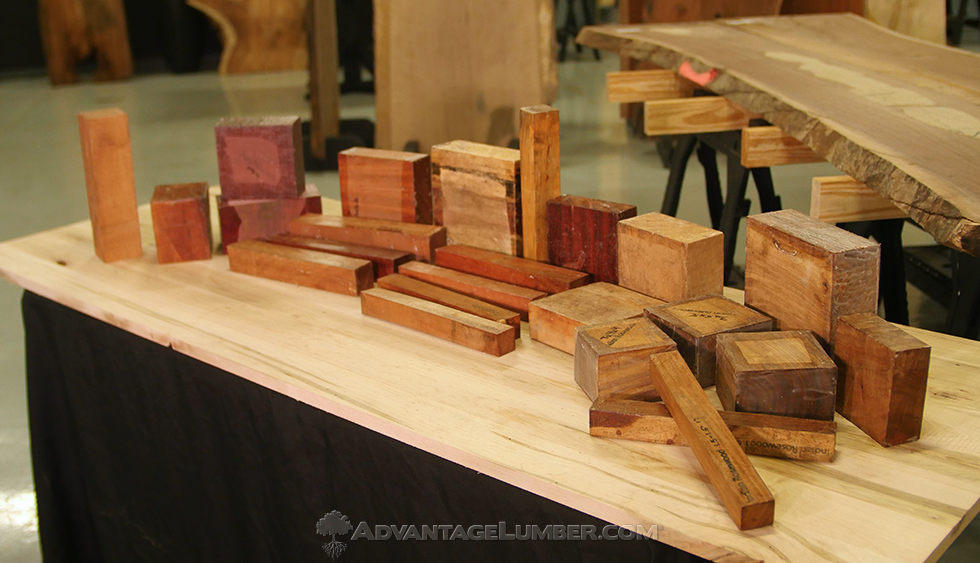- Scientific Name
- Quercus alba
- Common Name(s)
- White oak
- Distribution
- Eastern United States
- Average Dried Weight
- 47 lbs/ft3 (755 kg/m3)
- Specific Gravity
- Basic: 0.6, 12% MC: 0.75
- Janka Hardness
- 1,350 lbf (5,990 N)
- Modulus of Rupture
- 14,830 lbf/in2 (102.3 MPa)
- Elastic Modulus
- 1,762,000 lbf/in2 (12.15 GPa)
- Crushing Strength
- 7,370 lbf/in2 (50.8 MPa)
- Shrinkage
- Radial: 5.6%, Tangential: 10.5%,
- Appearance
- Heartwood is a light to medium brown, commonly with an olive cast. Paler sapwood is not always sharply demarcated from the heartwood. Quartersawn sections display prominent ray fleck patterns (see images below). Red oak (Quercus rubra) tends to have a slightly redder cast (as opposed to olive), but color alone isn’t always a reliable method of determining the type of oak.
- Texture
- Grain is straight, with a coarse, uneven texture.
- Rot Resistance
- Rated as very durable; frequently used in boatbuilding and tight cooperage applications.
- Workability
- Produces good results with hand and machine tools. Has moderately high shrinkage values, resulting in mediocre dimensional stability, especially in flatsawn boards. Can react with iron (particularly when wet) and cause staining and discoloration. Responds well to steam-bending. Glues, stains, and finishes well.
- Odor
- Has a distinct smell while being worked that is common to most oaks. Most find it appealing.
- Allergies/Toxicity
- Although severe reactions are quite uncommon, oak has been reported as a sensitizer. Usually most common reactions simply include eye and skin irritation, as well as asthma-like symptoms.
- Pricing/Availability
- Abundant availability in a good range of widths and thicknesses, both as flatsawn and quartersawn lumber. Usually slightly more expensive than red oak, prices are moderate for a domestic hardwood, though thicker planks or quartersawn boards are more expensive.
- Sustainability
- This wood species is not listed in the CITES Appendices, and is reported by the IUCN as being a species of least concern.
- Common Uses
- Cabinetry, furniture, interior trim, flooring, boatbuilding, barrels, and veneer.
- Comments
- Strong, beautiful, rot-resistant, easy to work, and economical: white oak represents an exceptional value to woodworkers. It’s no wonder that the wood is so widely used in cabinet and furniture making. Connecticut’s state quarter was minted with a picture and inscription of a famous white oak, the Charter Oak. In 1687, a cavity within the tree was used as a hiding place for the Connecticut Charter of 1662 to prevent its confiscation by the British.


